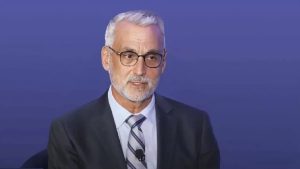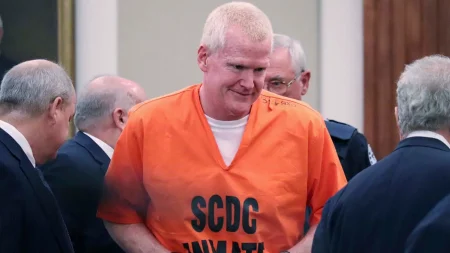Cuomo Highlights His LGBTQ+ Rights Record Amid NYC Mayoral Race Challenges
In a strategic pivot during the New York City mayoral race, Andrew Cuomo is emphasizing his progressive credentials on LGBTQ+ rights as he faces polling challenges. Cuomo, who served as New York’s governor for three terms before resigning in 2021, has begun highlighting his role in legalizing same-sex marriage in New York State in 2011. This achievement, considered a landmark moment in the national movement for marriage equality, is being positioned by Cuomo as evidence of his progressive values and leadership abilities.
The former governor’s campaign has specifically drawn contrasts between his record and the perceived positions of supporters backing his opponent, Zohran Mamdani. While trailing in recent polls, Cuomo appears to be employing a strategy of emphasizing his past legislative successes to appeal to liberal voters in New York City’s diverse electorate. The same-sex marriage legislation, which passed four years before the Supreme Court’s Obergefell decision made marriage equality the law of the land, represented a significant victory for LGBTQ+ rights advocates and cemented Cuomo’s reputation as an effective progressive executive at that time.
Cuomo’s emphasis on this aspect of his record comes as his campaign faces headwinds in New York City, where the political landscape has evolved significantly since his departure from the governor’s office. By focusing on his role in advancing LGBTQ+ rights, Cuomo appears to be reminding voters of his ability to achieve meaningful progressive change through legislation, while simultaneously suggesting that some of Mamdani’s supporters may hold less progressive views on these issues. This messaging strategy reflects the complex positioning required in a city where Democratic primary voters often prioritize candidates with strong progressive credentials.
Political analysts note that Cuomo’s highlighting of his same-sex marriage achievement serves multiple purposes: reconnecting with liberal voters who may have supported him in the past, demonstrating his ability to build coalitions to pass controversial legislation, and subtly questioning his opponent’s progressive bona fides. The former governor’s campaign seems to be betting that his record of actual legislative accomplishments will resonate more strongly with voters than promises being made by candidates with less executive experience. However, the effectiveness of this strategy remains uncertain in a race where Cuomo continues to face challenges related to his controversial exit from the governorship.
The contrast Cuomo is drawing speaks to broader tensions within Democratic politics between pragmatic progressivism and more ideological approaches. By emphasizing his concrete achievements on LGBTQ+ rights, Cuomo positions himself as someone who can translate progressive values into tangible policy outcomes. This framing allows him to acknowledge the importance of progressive ideals while suggesting that his experience and approach may be more effective at realizing those ideals in practice. Whether this messaging will help Cuomo overcome his current polling deficits remains to be seen, but it represents a clear attempt to reframe the narrative around his candidacy.
As the mayoral race continues to evolve, Cuomo’s strategy of highlighting his role in legalizing same-sex marriage illustrates how candidates with long political records must navigate their past achievements and controversies. For Cuomo specifically, emphasizing his work on LGBTQ+ rights allows him to remind voters of a universally praised aspect of his governorship while attempting to shift attention away from the circumstances of his resignation. Whether New York City voters will be receptive to this messaging—or whether they’re more focused on candidates offering fresh perspectives on the city’s current challenges—will ultimately determine the success of Cuomo’s approach in what has become an unexpectedly competitive mayoral contest.










